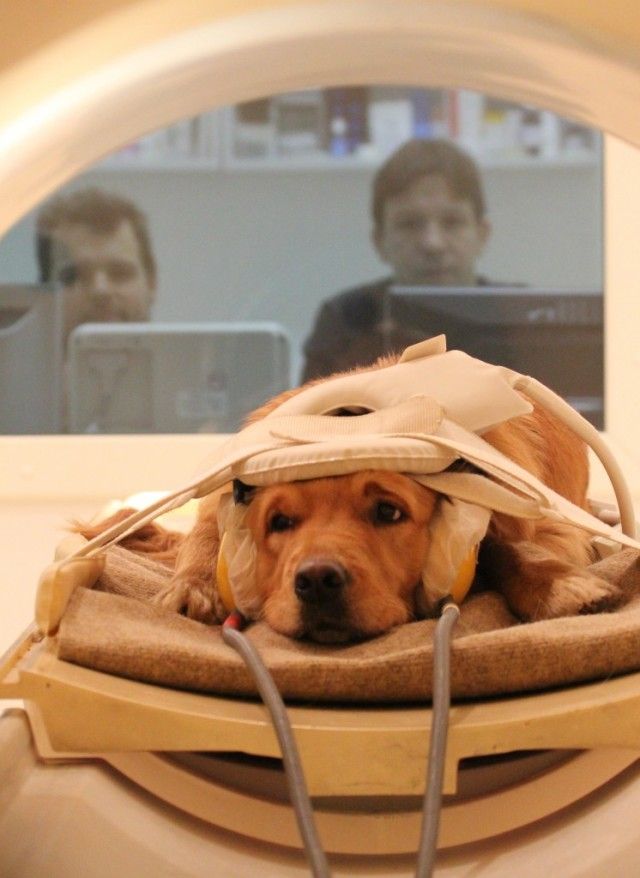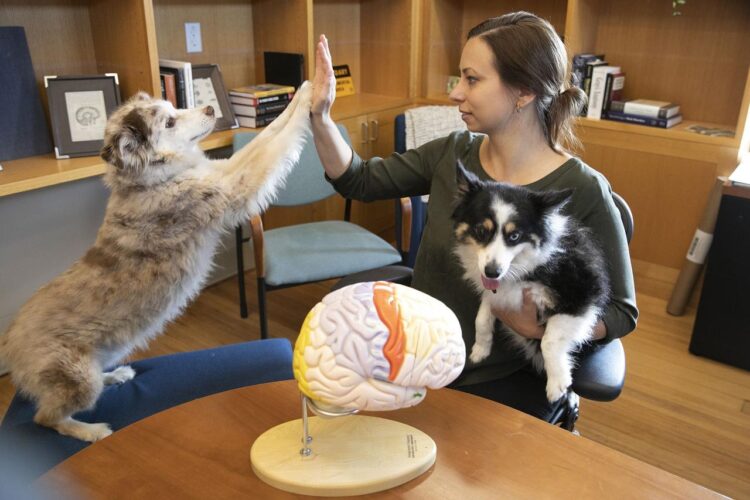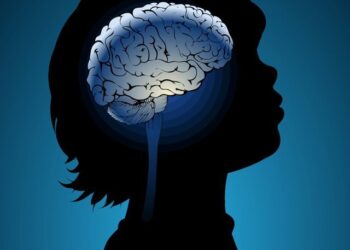In recent years, scientists have uncovered remarkable evidence that the brains of humans and their canine companions can synchronize activity during shared experiences. This phenomenon, known as interspecies neural coupling or hyperscanning synchrony, suggests that when you and your dog interact—playing fetch, engaging in training, or simply gazing into each other’s eyes—your brain waves can align in time and pattern. Such findings not only deepen our understanding of the extraordinary bond between humans and dogs but also hold promise for improving training techniques, therapy programs, and even mental health interventions.
Understanding Hyperscanning: Research Methods
To explore how two distinct brains might lock in step, researchers employ a technique called hyperscanning. This involves simultaneously recording neural activity from both the human and canine participant, most often using functional magnetic resonance imaging (fMRI) or electroencephalography (EEG). Key methodological steps include:
A. Participant Preparation: Dogs are trained over weeks to remain still in the scanner’s bore, often using custom-built helmets and positive reinforcement techniques.
B. Task Design: Pairs engage in simple, structured tasks—viewing images of each other, listening to recorded vocalizations, or performing complementary movements.
C. Data Acquisition: Neural signals are recorded in real time from both subjects, then time‑locked to ensure that every spike or wave in one brain can be directly compared to the other.
D. Data Analysis: Advanced algorithms calculate measures of phase coherence, cross-correlation, or mutual information to quantify the degree of synchrony across corresponding brain regions.
Key Findings: Neural Alignment in Action
Studies consistently demonstrate that several brain regions involved in social cognition, emotion processing, and reward respond in a synchronized fashion between humans and dogs. For example:
A. Prefrontal Cortex: Associated with attention and decision‑making, this region shows simultaneous activation spikes when both partners anticipate a shared reward, such as a tossed ball.
B. Temporal-Parietal Junction: Critical for perspective‑taking, this area lights up in humans and dogs during mutual gaze, underscoring the role of eye contact in building connection.
C. Striatum and Amygdala: Central to reward and emotion circuits, these subcortical structures activate in concert when a bond‑strengthening event occurs, like a verbal praise or gentle petting session.

Mechanisms Driving Interspecies Synchrony
Several factors contribute to the alignment of human and dog neural rhythms:
A. Behavioral Contingency: Responsive interactions—such as calling your dog’s name and receiving an attentive head tilt—create feedback loops that reinforce synchronous neural firing.
B. Emotional Resonance: Dogs have evolved a unique sensitivity to human emotional cues. When you smile, speak softly, or drip subtle pheromonal signals through sweat, your dog picks them up, fostering parallel emotional states.
C. Oxytocin Release: Both species release oxytocin—the so‑called “love hormone”—during positive social exchanges. Elevated oxytocin levels correlate with enhanced functional connectivity in bonding circuits, further synchronizing brain activity.
Evolutionary and Adaptive Significance
Why would two separate species evolve the capacity for neural coupling? Evolution offers several explanations:
A. Cooperative Hunting and Gathering: Early humans and wolves (dogs’ ancestors) likely benefited from coordinated actions in hunting scenarios, where synchronized attention and mutual cues boosted success.
B. Social Cohesion: In tightly knit human bands, having a loyal, compatible canine sentinel provided safety and companionship. Neural synchrony may have served as a biological glue, reinforcing trust.
C. Domestication Feedback Loop: Over millennia of selective breeding, dogs that more readily attuned to human social signals gained survival advantages, while humans rewarded and propagated such attuned lineages.

Applications: Training, Therapy, and Beyond
Harnessing interspecies brain synchrony opens doors to practical benefits:
A. Optimized Training Protocols: By structuring training tasks to maximize neural alignment—timing commands to when both human and dog are most attentive—trainers can accelerate learning and reduce stress.
B. Animal-Assisted Therapy: In clinical settings, pairing patients with therapy dogs during emotionally challenging tasks can help synchronize neural circuits that modulate arousal and anxiety, leading to improved therapeutic outcomes.
C. Assistive Technologies: Future wearable EEG‑based headbands for dogs could alert handlers when neural synchrony dips—serving as indicators of inattention or stress, and guiding timely interventions.
Future Directions and Open Questions
While the foundation of interspecies synchrony has been established, many avenues remain to be explored:
A. Context Specificity: Which tasks or environmental conditions most strongly drive brain alignment, and do these differ among dog breeds or individual temperaments?
B. Longitudinal Effects: Does sustained synchrony over months or years deepen the emotional bond, or lead to structural brain changes in either species?
C. Broader Interspecies Comparisons: Can similar neural coupling be demonstrated between humans and other domesticated animals—horses, cats, or even captive dolphins—and how might those patterns differ?
Conclusion
The discovery that human and dog brains can literally get in sync offers profound insights into one of humanity’s oldest and most cherished interspecies relationships. Beyond confirming that the love you feel for your four‑legged friend has a measurable neurobiological basis, this research paves the way for refined training methods, enhanced therapy programs, and perhaps entirely new modalities of human-animal communication. As teams around the world continue to unravel the complex tapestry of signals that bind us to our canine companions, one truth stands clear: the bond between human and dog is, indeed, written in the rhythms of our very brains.







